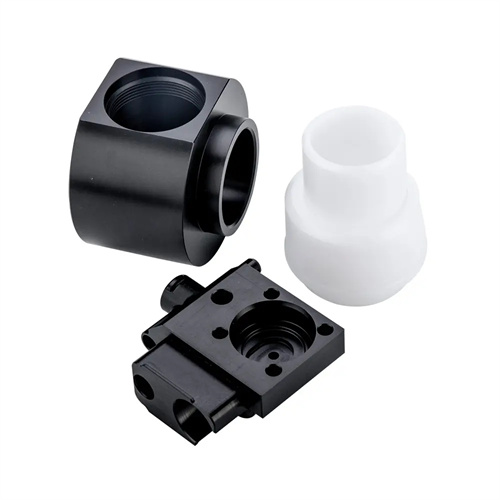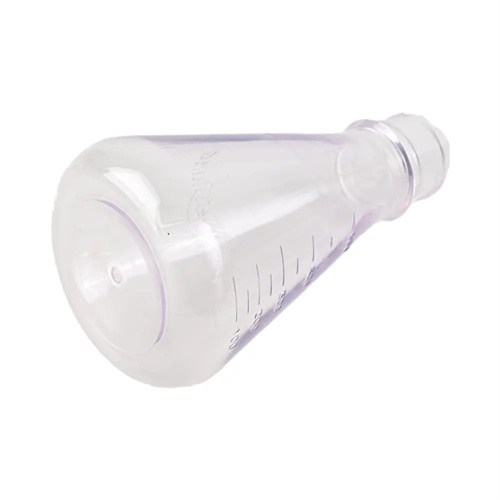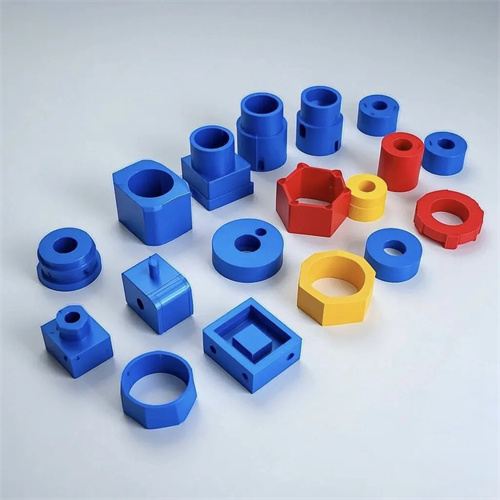Time, temperature and pressure distribution during injection molding process
During the injection molding process, the distribution of time, temperature, and pressure are core elements that are interrelated and influence each other. The precise control of the three directly determines the quality stability and production efficiency of the product. Time parameters mainly include injection time, holding time, cooling time, etc. Temperature parameters involve barrel temperature, nozzle temperature, mold temperature, etc. Pressure parameters cover injection pressure, holding pressure, back pressure, etc. The dynamic distribution of these parameters during the molding cycle is like a sophisticated “symphony”. Disorders in any link may lead to defects in the product. For example, if the cooling time is insufficient, the product may be deformed due to incomplete solidification; if the injection pressure is unevenly distributed, the molten material may not be fully filled in the cavity, resulting in material shortages or flash.

Time distribution plays a coordinating role in injection molding. Injection time refers to the time it takes for the molten material to be injected from the nozzle into the cavity until it is filled. Its length needs to be determined according to the product volume, wall thickness and molten material fluidity. For thin-walled products, the injection time is usually shorter, generally 1-3 seconds, to prevent the molten material from cooling prematurely during the flow process; while the injection time of thick-walled products needs to be extended to 5-10 seconds to ensure that the molten material can be fully filled deep into the cavity. The holding time follows the injection stage. Its function is to continuously replenish the molten material as the molten material cools and shrinks. It is usually 2-3 times the injection time. The cooling time is the longest part of the molding cycle, accounting for about 50%-70% of the total cycle. It is necessary to ensure that the product is fully solidified in the mold and has sufficient strength to avoid deformation during demolding. Reasonable allocation of time for each stage can shorten the molding cycle and improve production efficiency while ensuring quality.

The rationality of temperature distribution directly affects the plasticization effect and flow properties of the melt. The barrel temperature usually increases in steps from the feeding section to the nozzle. The feeding section temperature is relatively low (approximately the glass transition temperature of the plastic) to prevent the raw materials from melting prematurely and causing transportation difficulties. The compression section temperature gradually increases to promote the melting and plasticization of the plastic particles. The metering section temperature must reach the optimal flow temperature of the plastic to ensure good melt fluidity. The nozzle temperature is slightly higher than the metering section temperature to prevent the melt from cooling and solidifying at the nozzle to form “cold material”, but too high a temperature may cause the melt to degrade. The mold temperature distribution has a significant impact on the internal stress of the product. For crystalline plastics (such as polyethylene and polypropylene), the mold temperature needs to be controlled near its crystallization temperature to promote uniform crystal growth and reduce internal stress. For non-crystalline plastics (such as polystyrene and PMMA), the mold temperature is relatively low (usually 40-60°C) to speed up cooling and improve production efficiency.

Pressure distribution plays a crucial role in the melt filling and solidification process. The injection pressure distribution exhibits a gradual decrease from the nozzle to the end of the cavity. To ensure the melt overcomes flow resistance and fills the entire cavity, a higher pressure (typically 50-150 MPa) is typically applied during the initial injection phase. As the cavity gradually fills, the pressure gradually decreases. Holding pressure is typically 60%-80% of the injection pressure, and its distribution must be uniform and stable to avoid sink marks or concavities in the finished product due to pressure fluctuations. Back pressure, the reverse force exerted by the screw during rotation, primarily improves the plasticization quality of the melt. Its distribution is generally controlled between 5-15 MPa. An appropriate back pressure ensures more uniform mixing of the melt and reduces air bubbles, but excessive back pressure increases energy consumption and plasticization time. Controlling pressure distribution requires coordination with temperature and time parameters. For example, when mold temperature is low, injection pressure may need to be increased to compensate for insufficient melt fluidity.

The dynamic balance of time, temperature, and pressure is the key to achieving high-quality and efficient production. In actual production, the distribution of the three is not fixed, but needs to be dynamically adjusted according to the product structure and raw material characteristics. For example, for products with complex patterns, it is necessary to extend the injection time, increase the mold temperature, and optimize the pressure distribution to ensure clear patterns; for heat-sensitive plastics, it is necessary to lower the barrel temperature, shorten the plasticizing time, and appropriately reduce the back pressure to prevent material degradation. Modern injection molding machines are equipped with intelligent control systems that can monitor the distribution status of various parameters in real time through sensors, and automatically adjust through algorithms to achieve a precise match between the three. Engineers can also use simulation software such as Moldflow to simulate and analyze the distribution of time, temperature, and pressure before mold trial, predict potential problems in advance, thereby reducing mold trial costs and shortening production preparation cycles.
